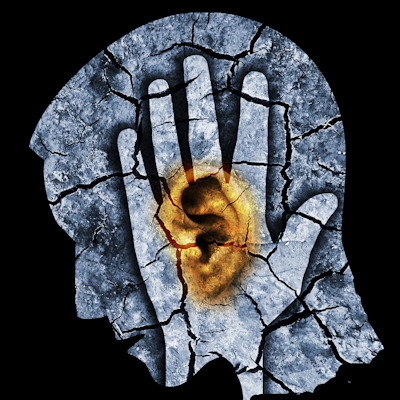October 14, 2022 -- Scientists at Oregon Health & Science University (OHSU) have revealed, for the first time and in near-atomic detail, the structure of the key part of the inner ear responsible for hearing. The study, published October 13 in the journal Nature, could point the way toward new treatments for hearing loss.
The inner ear complex that converts vibrations into electrical impulses that the brain translates as sound is known as the mechanosensory transduction complex. This process is responsible for the sensations of balance and sound. However, its molecular basis has long been unclear.
Hearing loss, which affects more than 460 million people worldwide, can be inherited through gene mutations that alter the proteins comprising the mechanosensory transduction complex. Alternatively, it can occur from damage, including sustained exposure to loud noise.
The nematode, or roundworm(Caenorhabditis elegans), fortuitously harbors a mechanosensory transduction complex very similar to humans. The researchers spent five years painstakingly optimizing their worm-growth and protein-isolation methods, eventually utilizing 60 million worms, along with state-of-the-art cryo-electron imaging -- available at only three cryo-electron microscopy centers in the U.S. Their work revealed the structure of a mechanically sensitive protein complex in the roundworms, illuminating the architecture of the machinery that translates mechanical forces into electrical signals.
"The auditory neuroscience field has been waiting for these results for decades, and now that they are right here, we are ecstatic," OHSU research scientist Peter Barr-Gillespie, PhD, said in a statement. "The results from this paper immediately suggest new avenues of research, and so will invigorate the field for years to come."
Copyright © 2022 scienceboard.net










